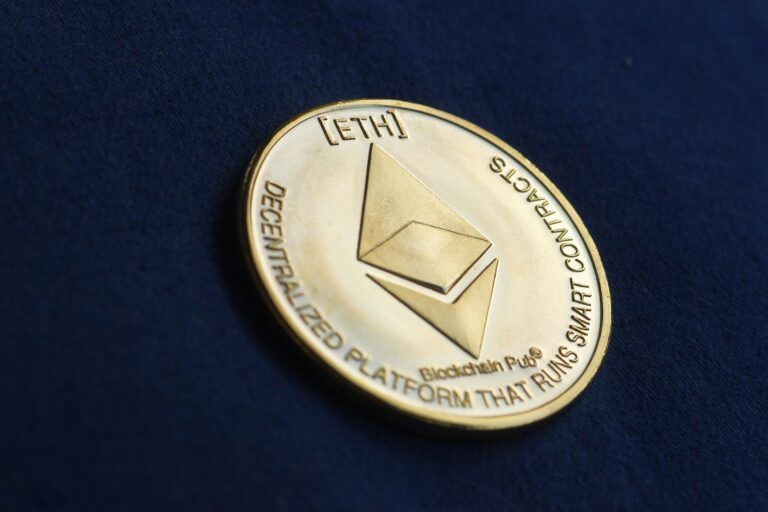On Wednesday (October 26), independent Ethereum educator, investor and advisor Anthony Sassano explained how Ethereum’s move from proof-of-work (PoW) to proof-of-stake (PoS) has affected net issuance of $ETH.
Around 7:00 a.m. UTC on September 15, Ethereum’s Merge upgrade was completed, which means that the Ethereum network is now using PoS consensus instead of the much more energy-hungry PoW consensus.
Vitalik called this successful upgrade “a big moment for the Ethereum ecosystem”:
Anyway, earlier today, Sassano, who is also the Co-Founder of EthHub (“the essential resource for Ethereum information featuring open source documentation, podcast and newsletter”, said:
“It’s been 41 days since The Merge If Ethereum was still on PoW, there would be up to 488,000 ETH that miners would be able to dump into this pump Instead, net issuance is only 1,300 ETH since merge and stakers can’t sell any of that yet… And you’re still bearish? Actually it’s even more bullish than this because the PoW number above includes the burn Without the burn included, ETH going to miners would’ve been around 550,000 to date since The Merge“
Also, a short time ago, pseudonymous crypto analyst “McKenna” had this to say about $ETH’s tokenomics:
In the August 2022 issue of the monthly newsletter of crypto investment firm Pantera Capital, Erik Lowe, Head Of Content at Pantera Capital, explained the effect of the Merge on $ETH issuance and supply:
“Currently, the issuance of new Ethereum is about 14,600 ETH/day, which is the aggregate of 13,000 ETH from mining rewards on Mainnet and 1,600 ETH from staking rewards on the Beacon Chain. After ‘The Merge’, there will be no Proof-of-Work and thus no mining rewards, leaving just 1,600 ETH/day in staking rewards.
“A year ago, the London upgrade went live, which introduced a minimum fee (known as a base fee) for every transaction to be considered valid. That fee is then burned, resulting in approximately 1,600 ETH removed from the total supply each day based on an average gas price of 16 gwei, according to the Ethereum website. (A gwei is one-billionth of one ETH.)
“After ‘The Merge’, Ethereum’s issuance rate of 1,600 ETH/day in staking rewards minus the fees burned nets out to zero. Subtracting penalties incurred by validators (e.g. getting slashed for misbehaving) and ETH that is lost over time, this would make Ethereum issuance net negative. In the context of today’s inflationary environment, Ethereum’s shift towards a potentially deflationary asset is an exciting prospect.“
Image Credit
Featured Image via Pixabay









